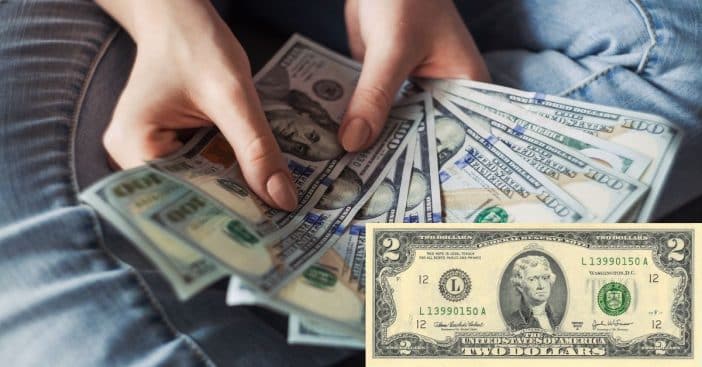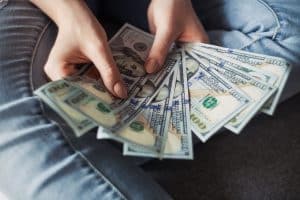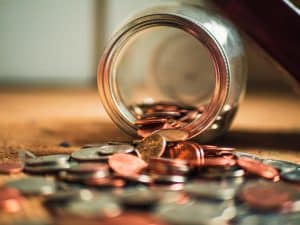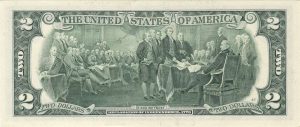
The changing value of any currency is a peculiar area of study to pin down. Ignoring economic trends, older mints can be worth less than the number printed across it or worth millions more. The $2 is a particularly famous and infamous example. It is a rarity that’s said to be worth over a thousand times more its printed value – and has sold for as much. But there’s a bit more to it than that.
The $2 bill was first made in 1862 and since then, several versions were printed. The most recent iteration was designed in 1963, according to the U.S. Treasury Department. Its usage decreased exponentially from the late 1920s and ‘40s and usually with currency, limited supply means greater value. But one key detail will determine if your $2 bill is worth thousands or, indeed, $2.
What to look for to determine if a $2 bill is actually worth thousands

After disappearing from wallets across the country, the $2 bill recently enjoyed unprecedented time in the spotlight after one sold for $4,000. This can certainly happen to others but, warns Consignment Director Raiden Honaker with Heritage Auctions, the less-valuable ones are probably far more plentiful, even if they’re still a rarity.
RELATED: Ten Of The Most Valuable Pennies Worth Searching For In Your Home
“All of us have just been swamped with calls,” said Honaker, referring to the bombardment of inquiries Heritage Auctions has received after that big sale. “We’ve been able to manage all the calls, but we’ve stayed quite busy.”
Potential sellers can look for some promising characteristics. For one, bills with red, brown and blue seals from 1862 through 1917 can have a price tag of around $1,000; the same goes for uncirculated bills from 1890.
History and quantity all play a role

$2 bills are in the unique position of being unusual but not actually truly rare. “Out of all the $2 notes that are issued, probably 99% of them are worth face value,” Honaker noted. “Over the past five years, more than 100 million two-dollar notes have been printed. So, beyond common.” Quantity is a huge factor in determining the auction value of any currency, from coins to bills. Printing errors can help up this value too, though, so anything with a unique error compared to every other mint could increase the price tag.

Probably the biggest hit to the $2 bill was the Great Depression. From 1929 to 1941, the price of goods and services took a hit and paper money as a whole became impractical to use. Then came the rise of credit cards in the ‘50s and ‘60s further kneecapped the importance of bills – but it was still a genie long out of the bottle, and with printing of the $2 bill running since the Civil War, there are an estimated 1.4 billion in circulation, making it difficult – but certainly not impossible – to find ones worth more than face value.
Do you own any peculiar currencies?

